Editor’s Note: This list was published in January 2021 after the inauguration of the Biden administration and the nature of some of the role may have changed or be outdated.
With the departure of the Trump administration Jan. 20, several politically appointed federal chief information officers resigned from their roles as President Joe Biden took office. And even before the Biden transition, other CIOs departed their roles.
The resignations — a procedural norm after every presidential election — left senior IT leadership vacancies at several large federal departments and agencies.
The majority of federal CIOs, however, are career officials who have stayed on in the new administration and provide continuity during the transitional period.
But for others, from the topmost IT jobs like the Federal CIO and Federal CISO to the CIOs at the departments of Defense and Veterans Affairs, the Biden team is in the process of filling several positions. Until then, they are held in an acting capacity by career officials, most often deputy CIOs.
As CIOs are appointed, FedScoop will keep you updated with the new (or returning) faces in the federal CIO community.
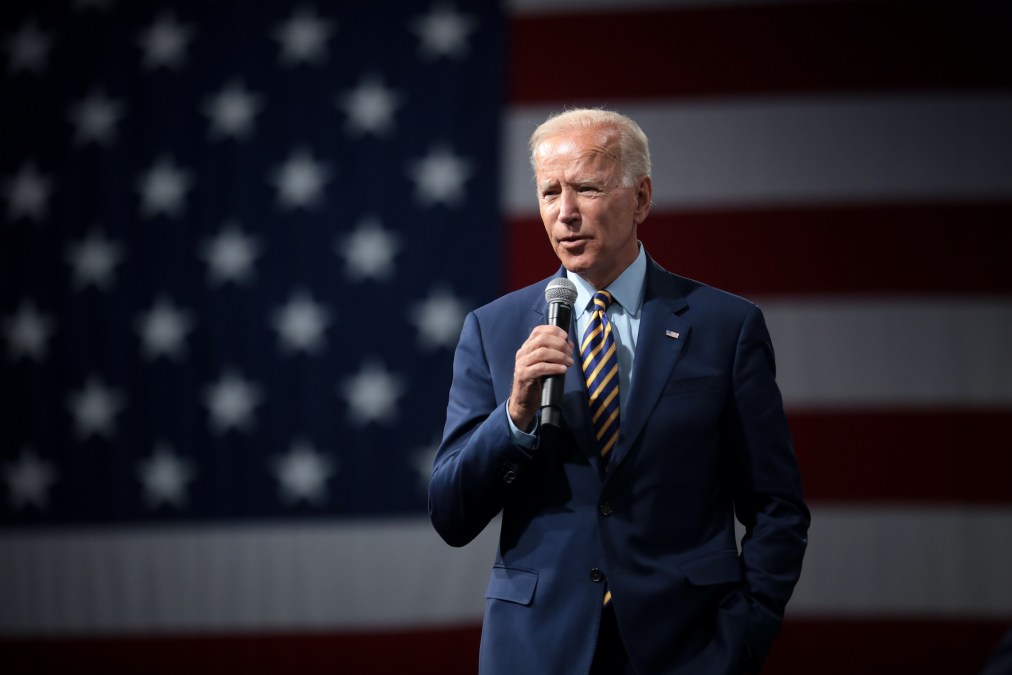
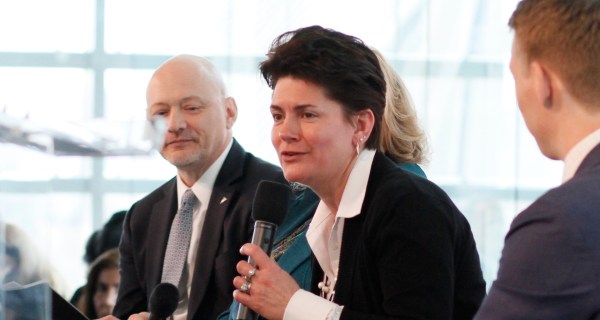
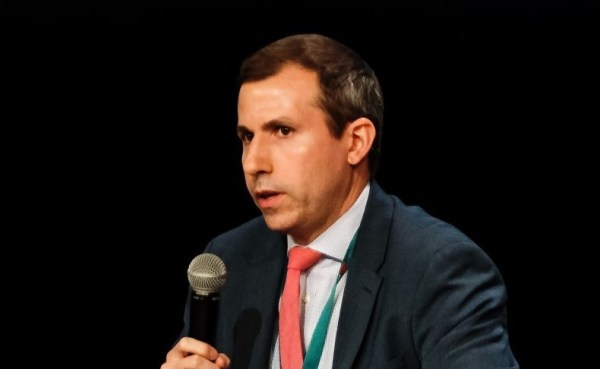

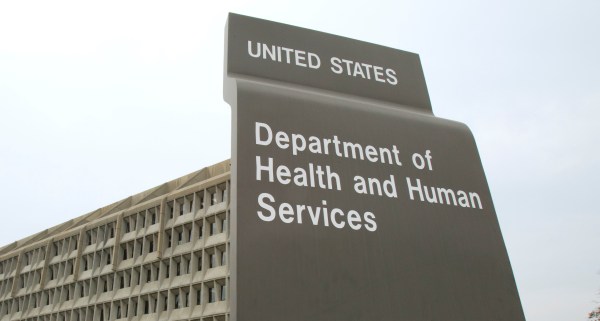
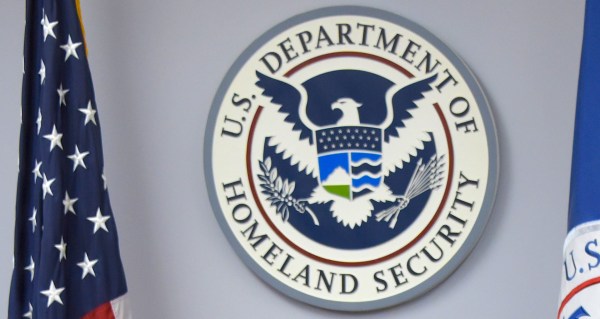
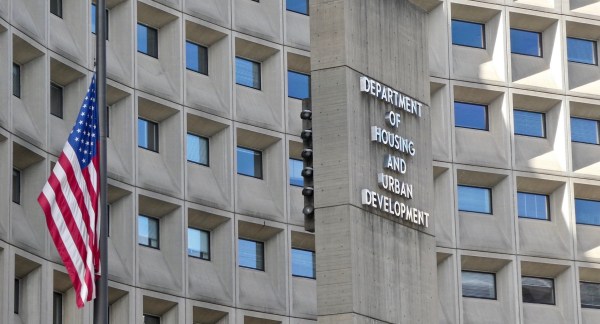

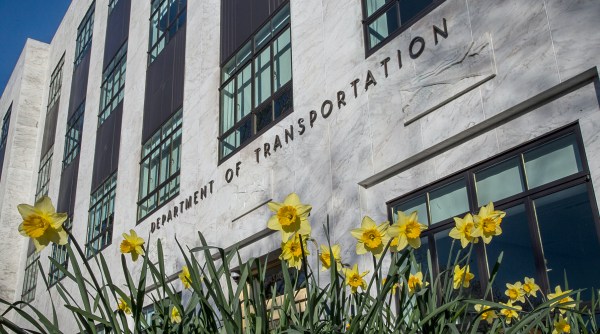

Social Security Administration
Sean Brune
Raj Mathur, a political appointee, served as CIO of the Social Security Administration for most of the Trump administration before leaving last October. Since then, the agency says, career IT official Sean Brune has taken over in an official capacity and is continuing in the role into the Biden administration.